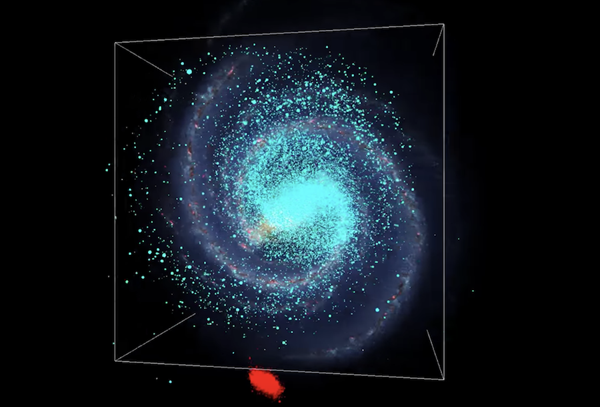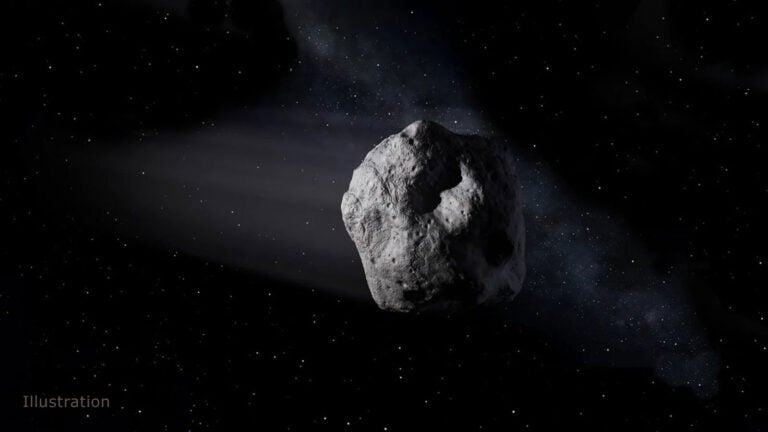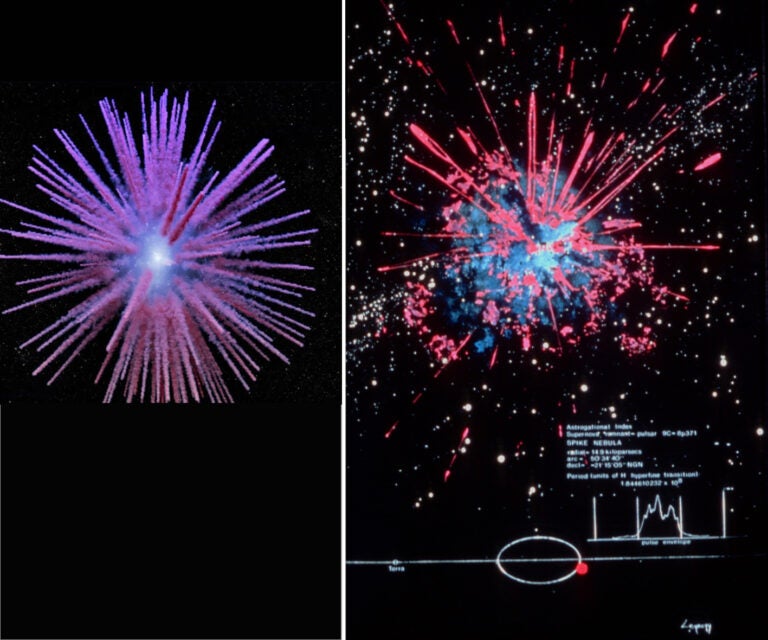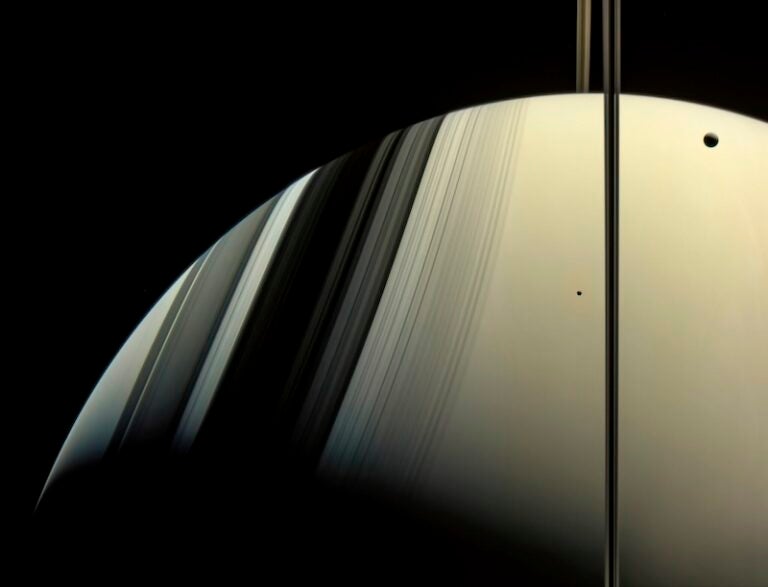The dark matter is traveling in what is known as the S1 stream. Scientists think that streams like this one are the cosmic debris leftover when small galaxies stray too close to the Milky Way. Our gravitational forces tear the smaller galaxy apart, leaving behind a traveling, elliptical stream of stars, dark matter and other debris.
Dark matter hurricane
Dark matter is an elusive material that scientists think, if the Standard Model is correct, exists in large quantities throughout space. Scientists still don’t know what dark matter actually is — there are a number of leading theories, but no one knows for sure. But the S1 stream is predicted to be blowing dark matter past us at about 310 miles per second (500 km/s) right this moment, and that could provide an opportunity for detection.
Galactic streams
Dozens of such streams have been found in the Milky Way. And like the galaxies they’re stripped from, these streams are typically made of stars and dark matter all traveling along together at the same velocity. “(There are) tons of these streams all over the galaxy, some of them are really huge and you can see them in the sky,” said Ciaran O’Hare of the University of Zaragoza in Spain.
The European Space Agency’s billion-star survey using the Gaia spacecraft is reaching far out into our galaxy to discover and observe stars. And Gaia picked out the S1 stream because its some 30,000 stars have a different chemical composition than those native to our galaxy. And they’re traveling along a similar, elliptical path.
And, while there are over 30 such streams known in our galaxy, S1 still surprised astronomers because our solar system is actually inside this stream. And our paths will intersect for millions of more years. Now, this will not affect our lives or planet in any physical way – there is still only one star (the sun) in our solar system.
But O’Hare and his colleagues calculated the affect of the S1 stream in our part of the galaxy and predicted possible signatures of the dark matter, which could help inform and support efforts to locate and study the elusive substance.
“What we want to do is add the stream as part of our kind of main prediction for the types of signal that should show up in a dark matter experiment,” O’Hare said. According to a statement, current detectors searching for weakly interacting massive particles (WIMPs) (one popular idea of what dark matter might be) probably won’t see anything from S1, but future tech might.
Their study was published in the journal Physical Review D.










